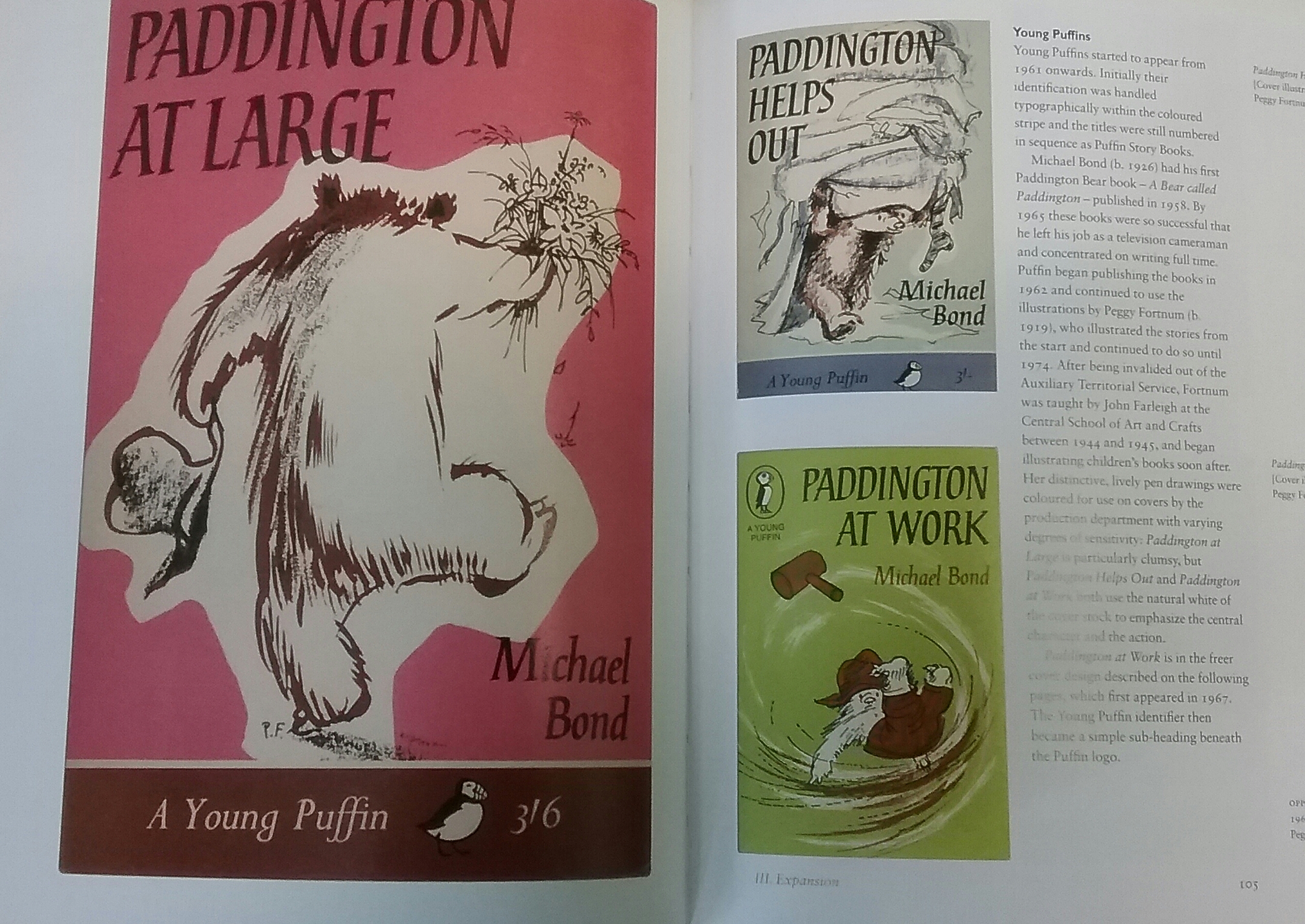1966 and all that [Part 2]: Graphic Design
Fifty years ago Britain was in the midst of Psychedelia which manifested itself in vibrant patterned clothes, long hair (for both women and men), experimental music and films, and the blurring of art and graphic design. It also came with considerable quantities of drugs, free love and inhibition-busting.
Influences – USA
Across the Atlantic, Timothy Leary, a psychologist and writer, was encouraging us all to “Turn On, Tune In, and Drop Out” and advocating the liberal use of LSD. He was heavily influenced by Aldous Huxley‘s essay, The Doors of Perception in which Huxley gave a detailed account of his experiences of taking the hallucinogenic drug mescaline.
This essay was also an influence on the work of artists such as Jackson Pollock and prompted Jim Morrison to name his band accordingly. The USA was in the throws of political upheaval due to the Vietnam War and the Civil Rights Movement and the time was ripe for rebellion. This filtered across to the youth of the UK who, with their new found independence and finally free of post-war austerity were keen to carve out their own identity.
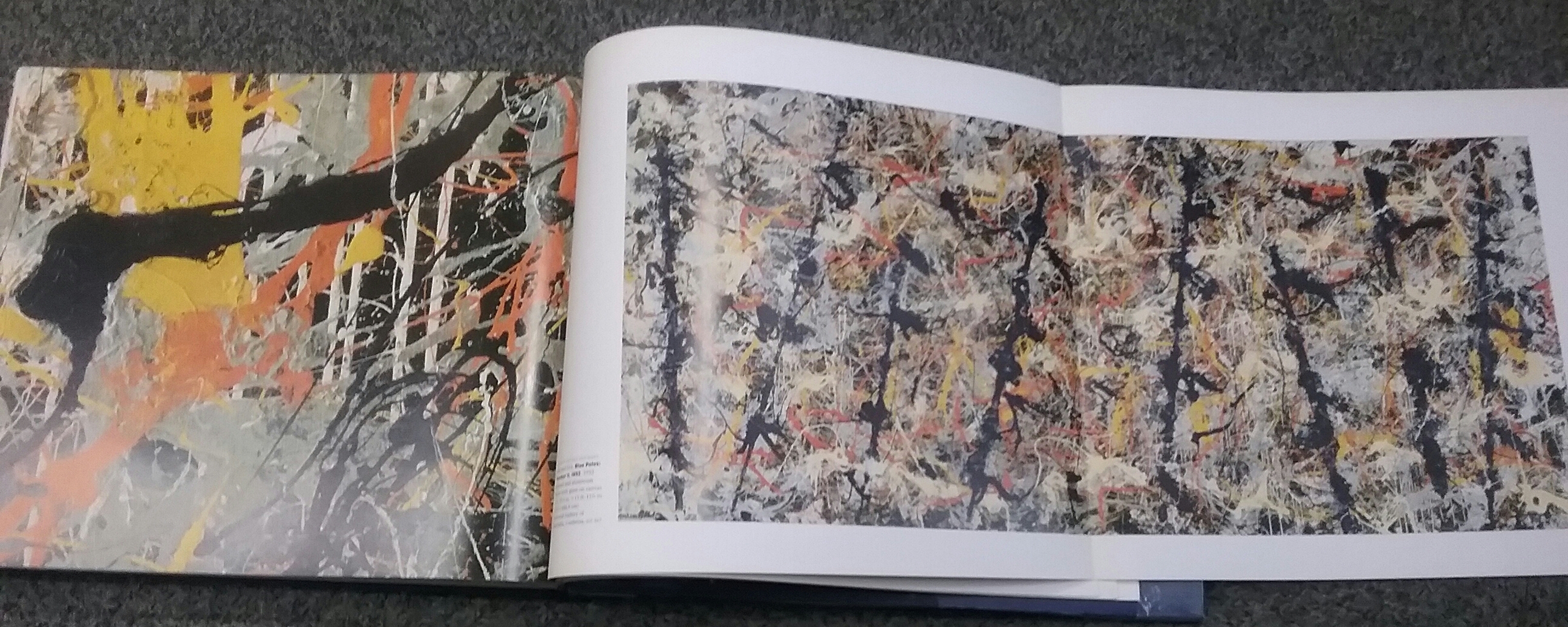
Other US artists had already made an impact: the comic book style of Roy Lichtenstein with bold graphics and thick lines, Andy Warhol transforming everyday commercial products into art with his silkscreen prints as well as the innovative work of Jasper Johns and Robert Rauschenberg.
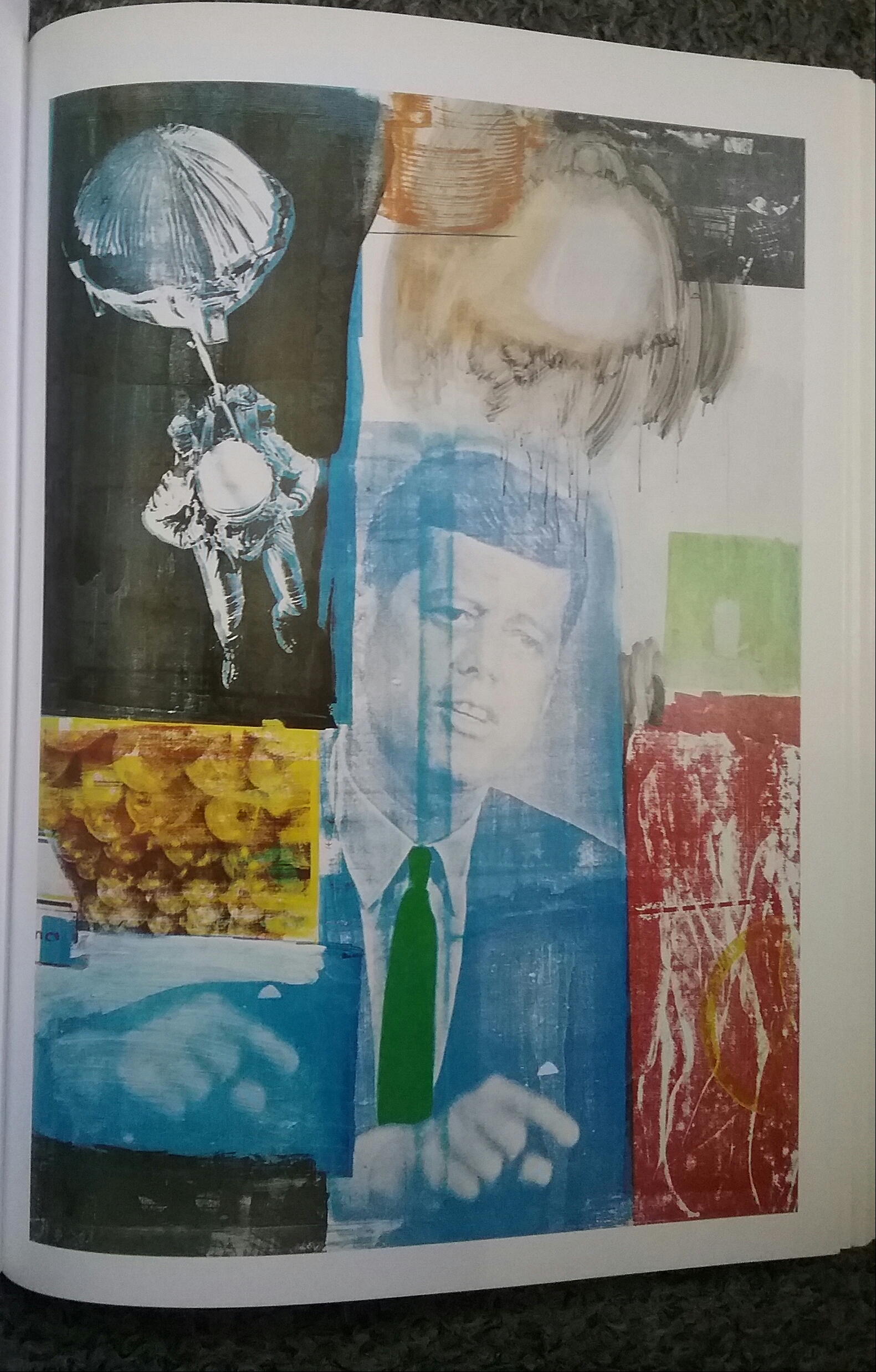
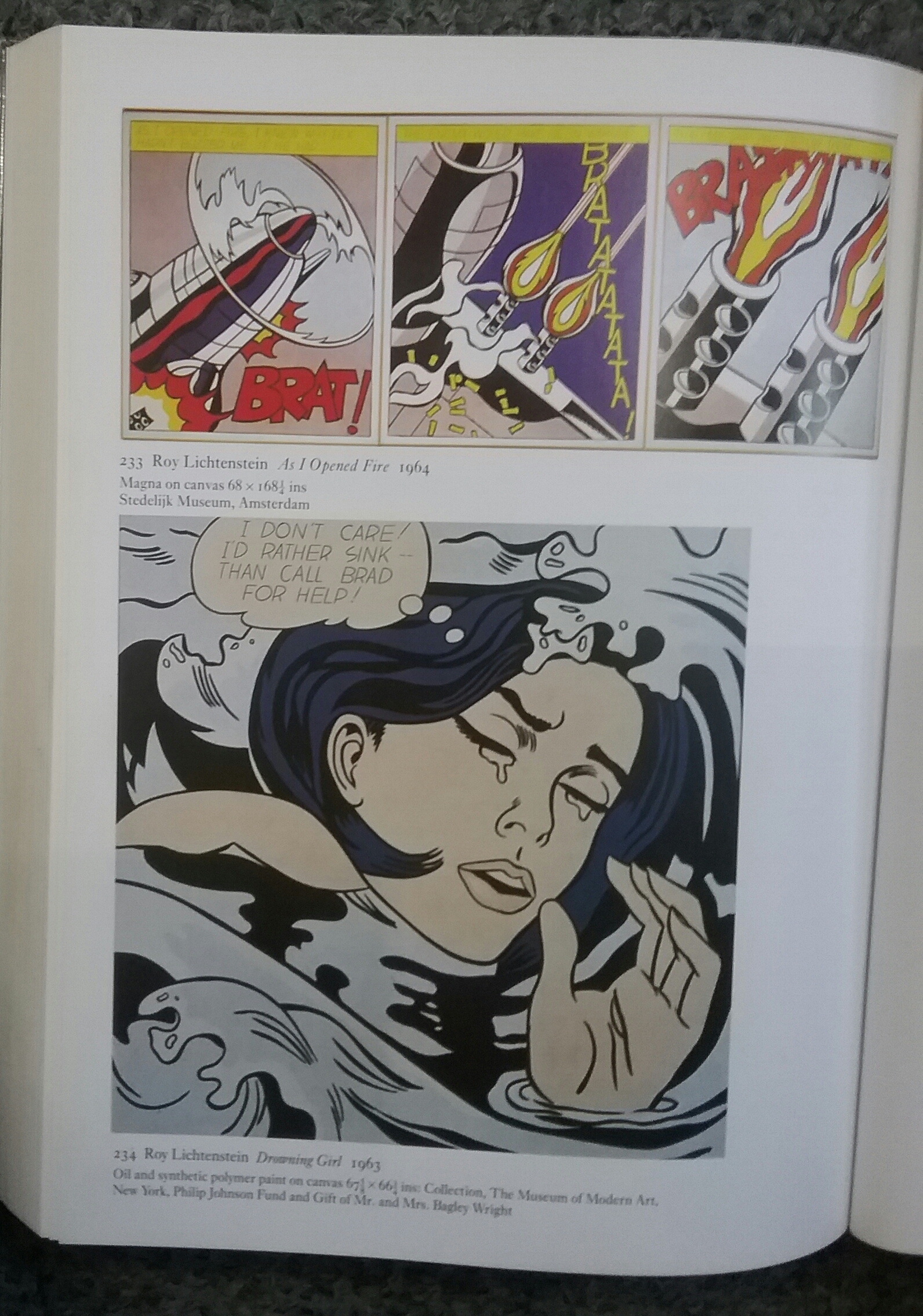
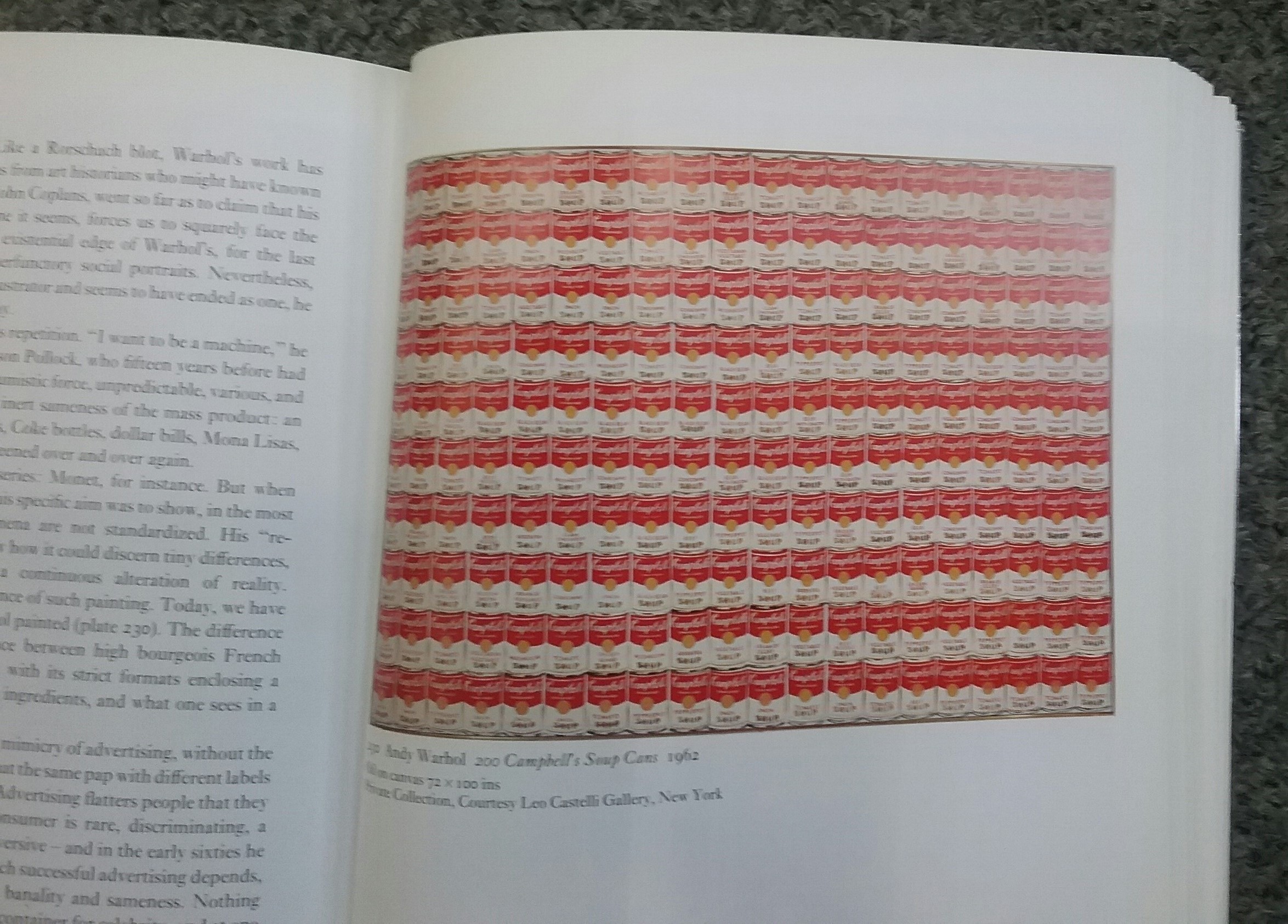
The marketeers were quick to tap into the new visual language that was developing. It was an opportunity for designers and graphic artists to translate this experimentation into consumer products such as album covers, advertising posters and book covers in order to appeal to the young generation with disposable incomes.
Influences – UK
Aside from the impact of events in the USA, there were more subtle influences at home. In 1963 there was a major exhibition at the Victoria and Albert Museum of the work of Alphonse Mucha,which triggered an Art Nouveau revival. Mucha was a poster artist who focused on the female form, and portrayed a veiled eroticism. The V&A also held an exhibition of the black and white drawings of Aubrey Beardsley. His work was more explicit and caused huge controversy. There are parallels between the Art Nouveau movement and what was going on in the mid-60s: there was a sense of liberation after decades of Victorian repression, with decorative artists and graphic designers being given equal status with fine artists. It was also the time when mass advertising began in earnest.
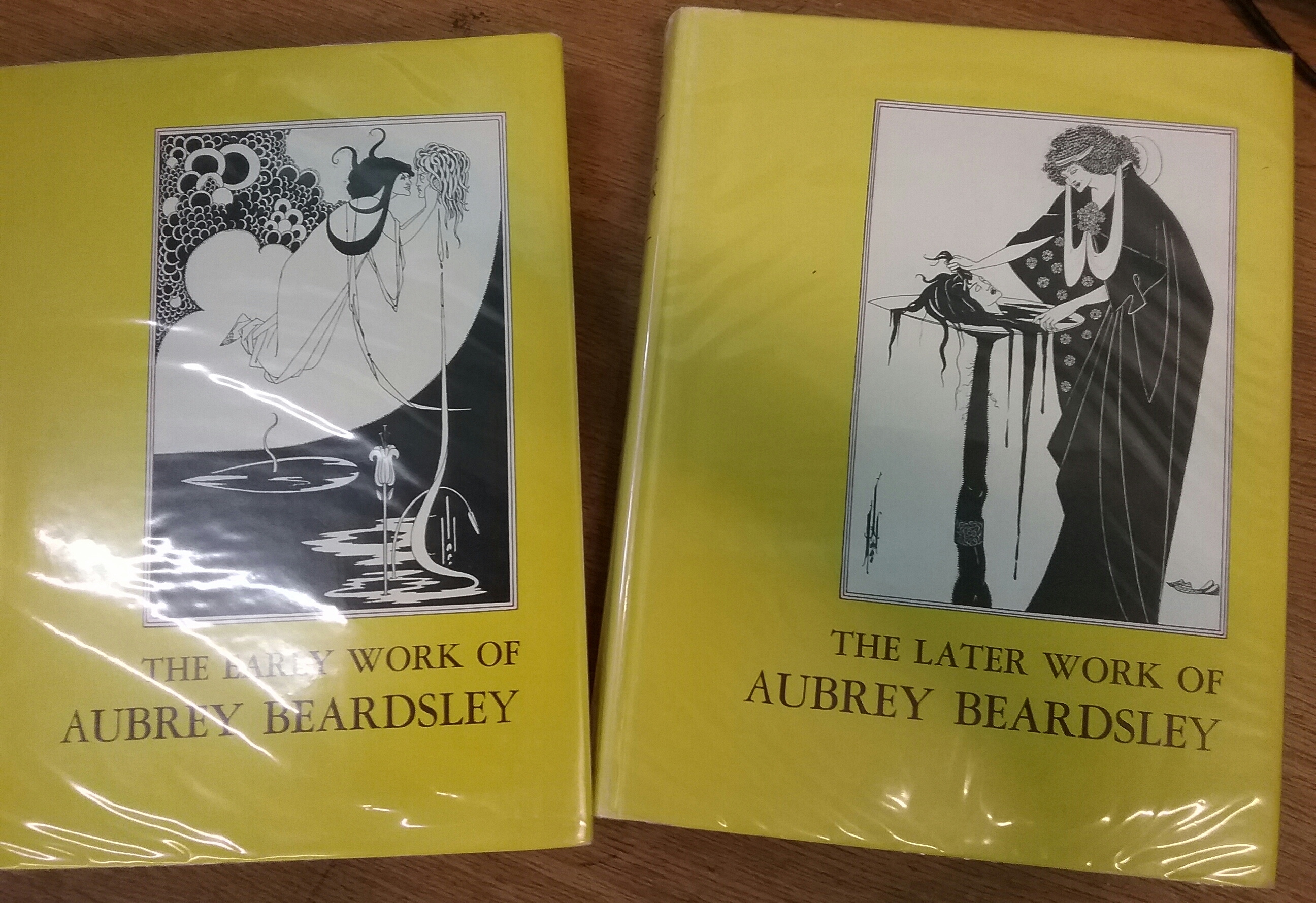
Album Covers
Examples of this rapid change can be seen in the development of artwork on album covers. Take the rather safe cover of Beatles for Sale (1964) a fairly standard head and shoulders of the band members, followed by Rubber Soul (1965), still with a similar formula but with some ‘groovy’ lettering, and compare it with the cover of Revolver from 1966, critically acclaimed as one of their finest works. A year later came the iconic cover for Sergeant Peppers Lonely Hearts Club Band, created by Peter Blake. This reflected not only the rapidly changing times and the direction of the band itself, but also the rising status of the album cover as art.
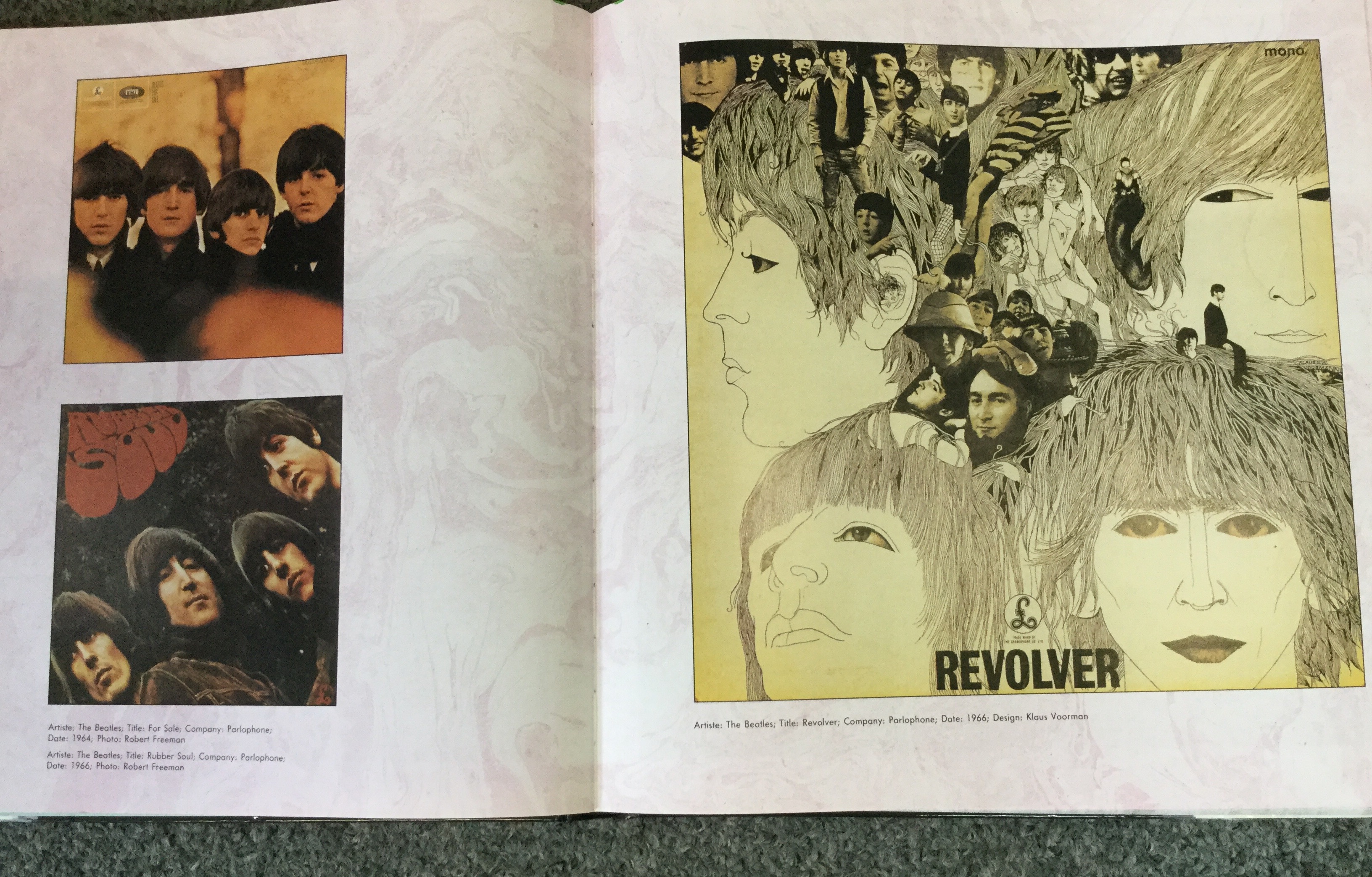
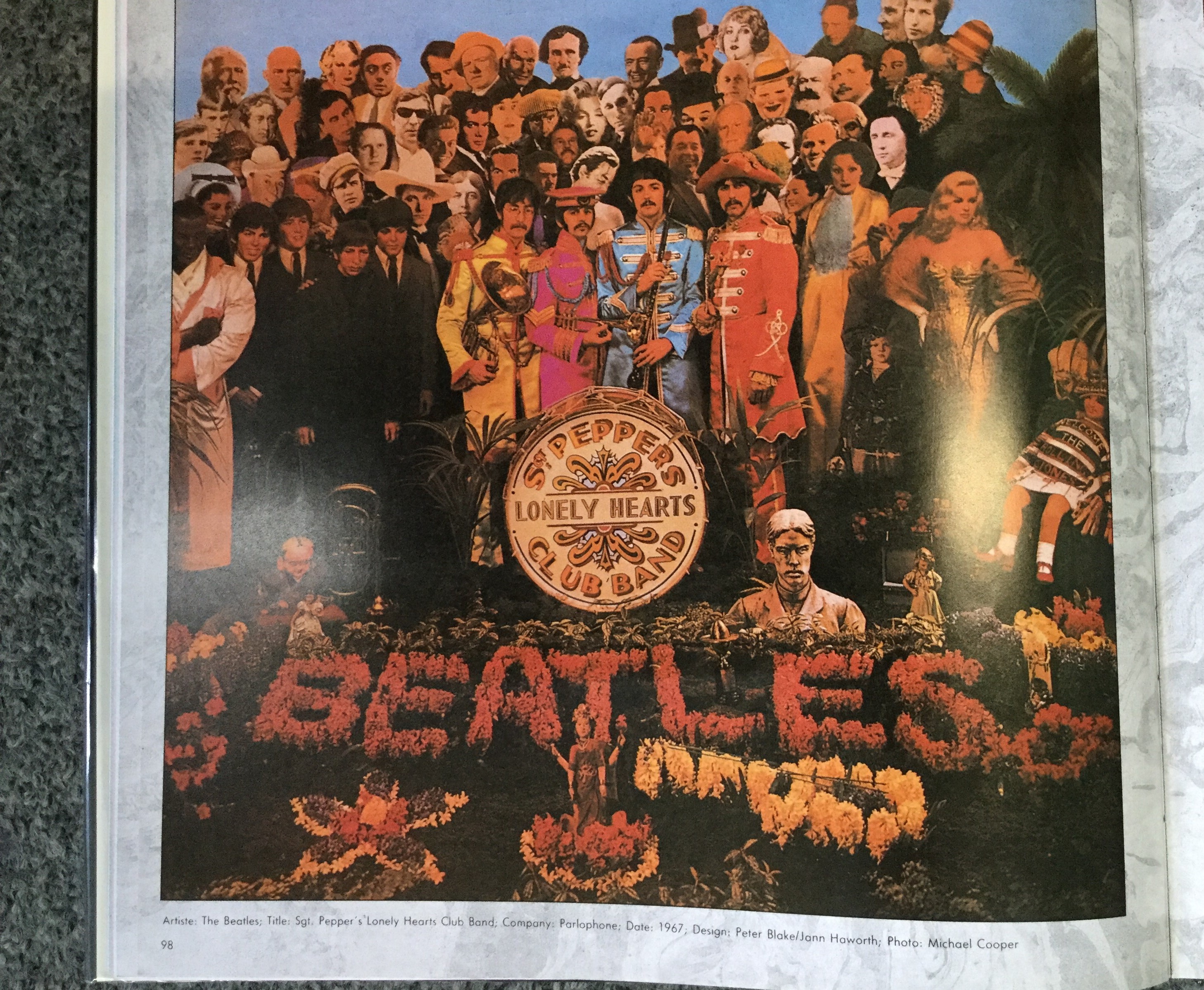
Comic books
Children, too, benefited from the transition from a black and white world into one of full colour. Comic books of the period looked to the future, with explosive graphics, such as these pages from Fireball XL5 and Skyline 2066 – the 1966 version of the future in vivid technicolour.
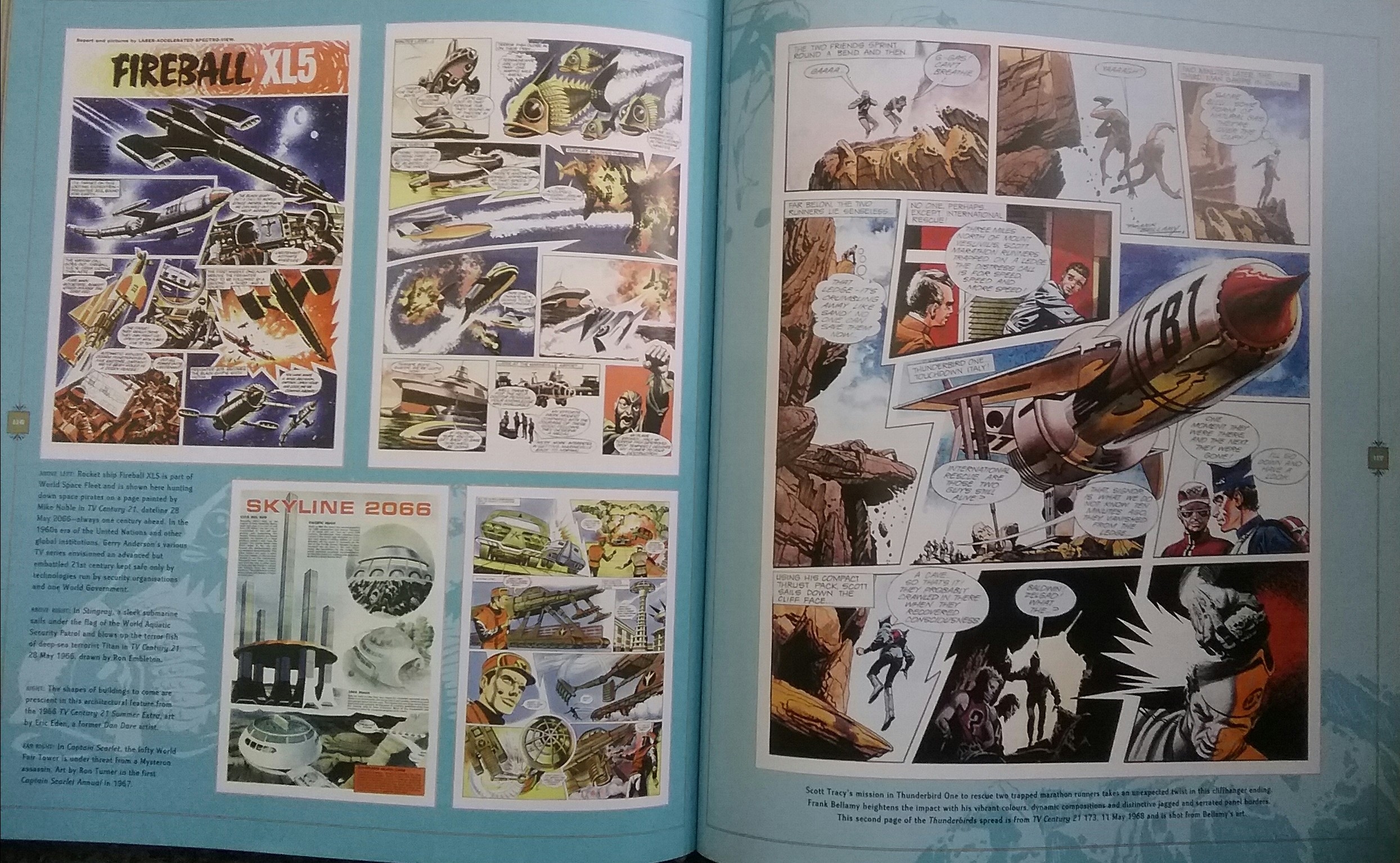
Book covers
The mid-60s also saw a big change in book production, making books affordable and more accessible. New typesetting methods and innovative, distinguishable design saw books become sought-after and collectible. Penguin Books were at the forefront of this trend, much as they had been since they first started publishing paperbacks. Penguin paperbacks, with their eye-catching covers and themed designs, became part of any trendy 60s interior. The iconic Penguin Donkey bookcase, originally designed by Isokon in 1939, had a 60s makeover when it was redesigned by Ernest Race in 1964. It was the ideal size to house your Penguin paperback collection.
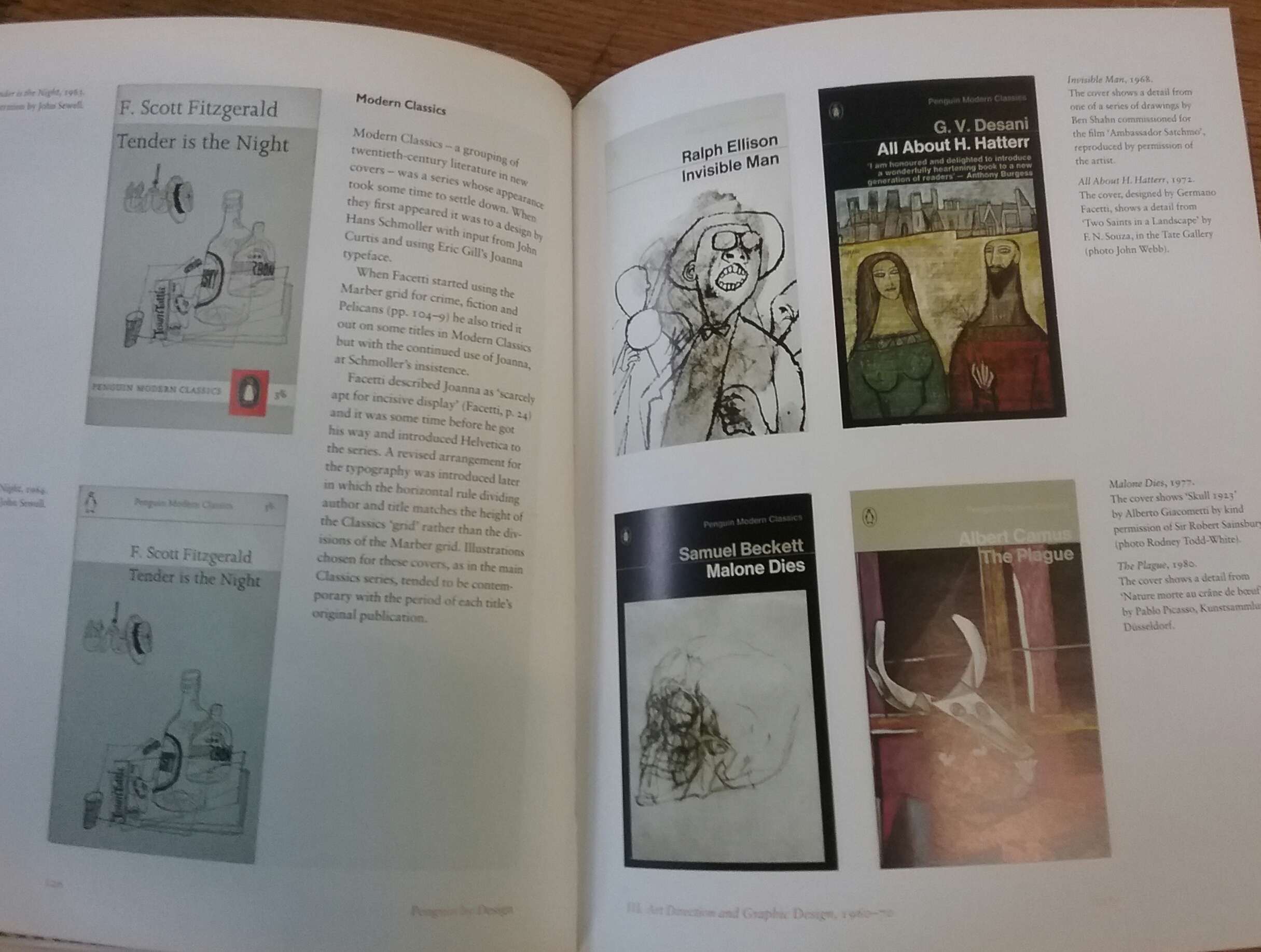
Children’s books also had a design makeover and in 1967 the Puffin Book Club was founded. New books and classics were given a cohesive design look but with distinctive illustrations, including some much loved favourites.
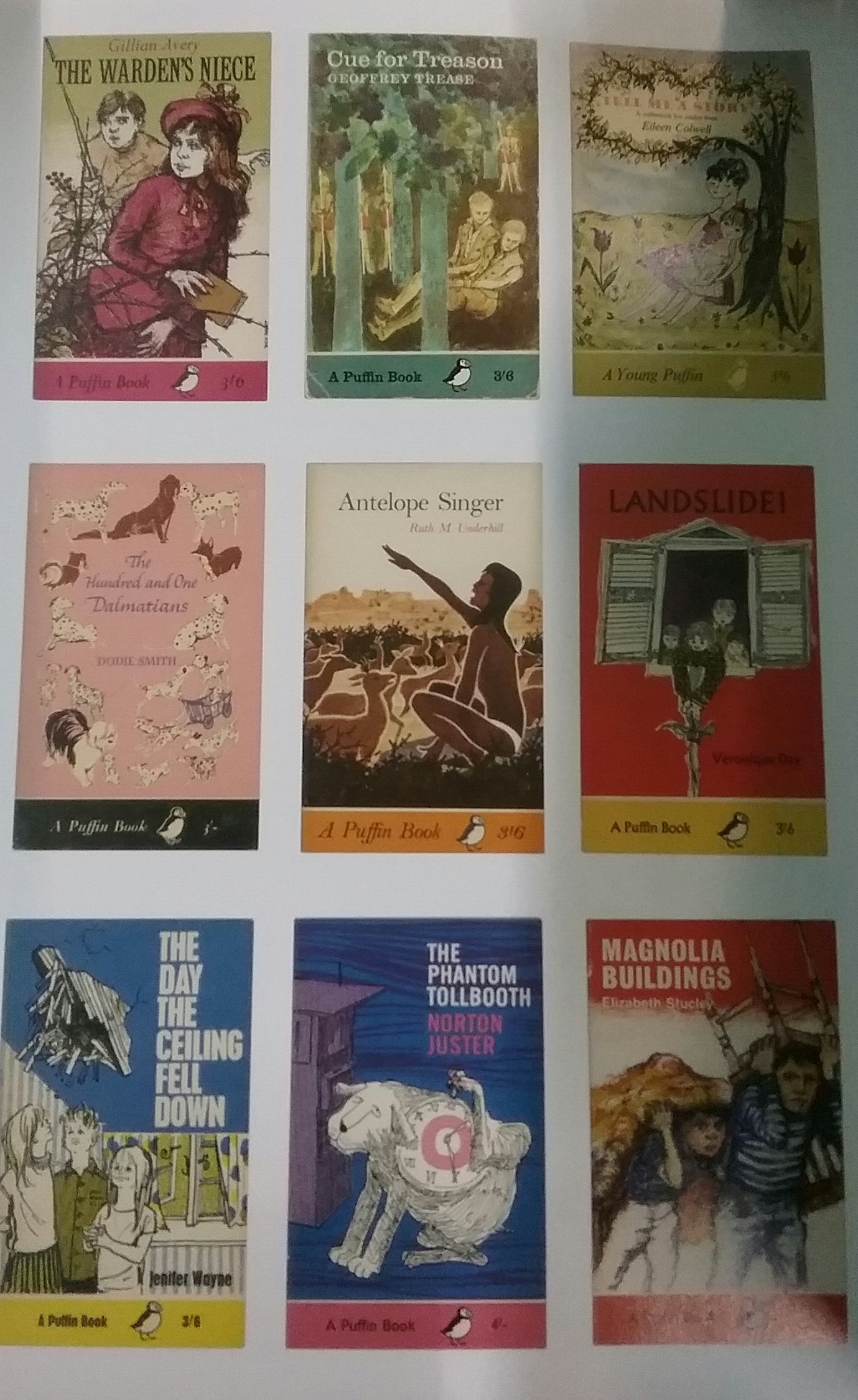
Penguin very much had a house style and a cohesive design brief. Other publishers were a little more free and easy with their designers drawing on Abstraction, Surrealism, Art Nouveau, Art Deco, Bauhaus as well as their own imaginations to create distinctive work for a unique and ground breaking decade.
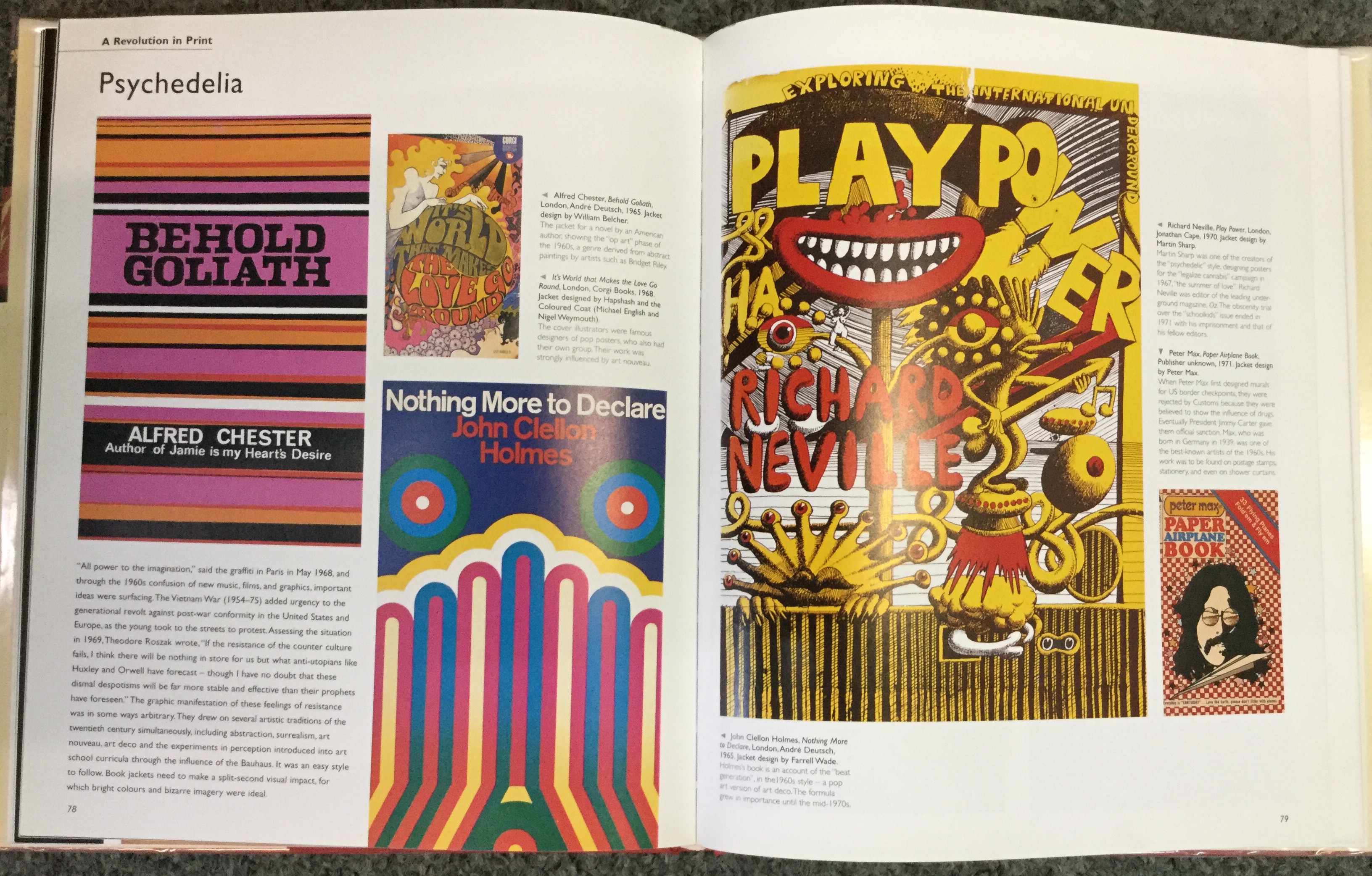
Although it spanned relatively few years, Psychedelia left a lasting impact on the visual world, creating a new language for artists and designers and changing the way we make decisions as consumers.
All of the titles mentioned in this blog are available at the Information & Reference Library along with a wide selection of art and design books. This includes a selection of the The Penrose Annual (above) which was a review of the graphic arts published every year from 1949.
[Gina Morley, Library Assistant]


